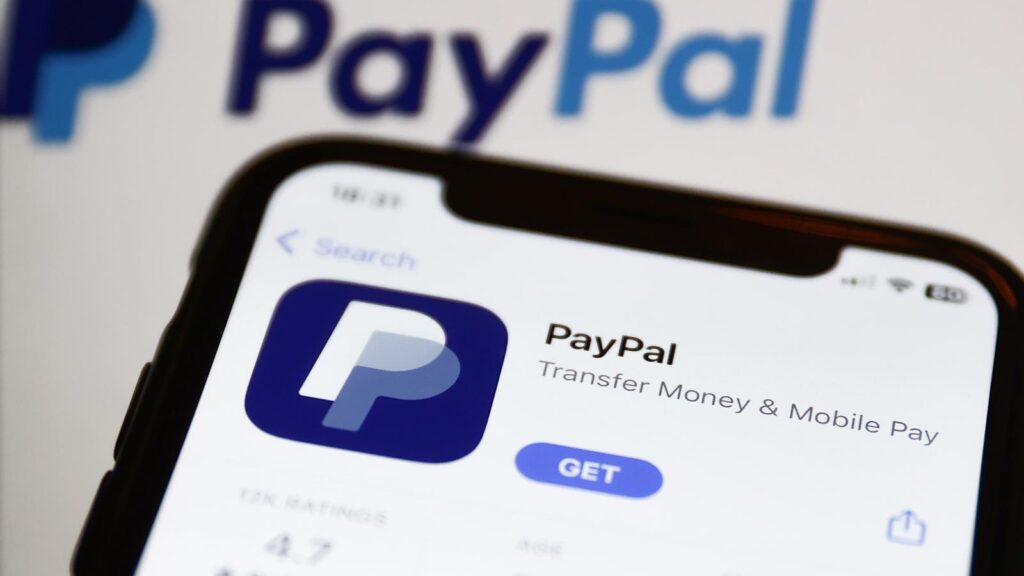In 2023, fintech companies are diversifying their services by venturing into advertising, driven by the increasing need for valuable consumer data in the advertising landscape. PayPal, for instance, recently launched PayPal Everywhere, a program that allows users to earn rewards for transactions both in retail stores and online, appealing to consumers while simultaneously providing advertisers with the capability to target audiences individually with curated offers. This initiative reflects PayPal’s broader strategy to enhance its advertising capabilities within a competitive market. To bolster its efforts, PayPal recruited Mark Grether from Uber, who is noted for significantly growing Uber’s advertising revenues. The move illustrates PayPal’s ambition to follow suit and develop a strong advertising network akin to Uber’s phenomenal growth.
PayPal’s ambitions are echoed across the financial sector, with other key players making similar strides. JPMorgan Chase unveiled Chase Media Solutions, aiming to directly connect advertisers with its substantial customer base of 80 million users. European fintech company Revolut is also planning to launch an advertising business, emphasizing the trend of financial institutions leveraging their existing customer data for advertising revenue. Interestingly, social media giant X (formerly Twitter) has started exploring opportunities in payments, illustrating a convergence between the advertising and financial services sectors that had previously operated in silos. This merging of industries is largely driven by the pressing demands of modern advertising for robust consumer data to improve targeted marketing efforts.
The primary reason for this intersection lies in the increasing scarcity of actionable consumer transactional data, a vital resource for advertisers aiming to optimize their marketing strategies. Advertisers require comprehensive insights into consumer interests and demographics, particularly transactional behavior—what customers buy, when, and why. As advertising practices evolve, advertisers depend on precise data to inform their machine learning models, enhancing the effectiveness of digital marketing campaigns. However, regulatory changes, such as the General Data Protection Regulation (GDPR) in Europe and limitations imposed by major tech platforms, are hindering the flow of data. Tech giants like Apple and Facebook are constricting the availability of data to external advertisers, effectively creating ‘walled gardens’ where data is kept within a single ecosystem, making it increasingly difficult for advertisers to access actionable consumer insights.
In contrast, financial services companies possess an extensive and valuable array of consumer data. Due to rigorous know-your-customer and anti-money laundering regulations, these firms are legally obliged to gather comprehensive personal and financial information about their customers—data that potential advertisers could find extremely valuable. Unlike non-financial firms, which are mandated to provide users with opt-out options and are subject to strict data retention regulations, financial entities maintain legal requirements for data collection and retention, often storing consumer data for extended periods. This regulatory dichotomy places financial services firms in a unique position, as they hold troves of consumer information that can be monetized through advertising endeavors, further incentivizing their expansion into this field.
Despite these opportunities, financial services companies face significant challenges as they transition into the advertising space. One major hurdle is scale; while JP Morgan Chase boasts a large customer base, its reach is dwarfed by the expansive user bases of social media platforms like Facebook, which commands billions of active users. Moreover, the fragmentation of data across the fintech ecosystem poses a challenge—while banking institutions possess in-depth financial insights about their customers, they often lack comprehensive lifestyle data. Conversely, payment processors like Visa and MasterCard may have wide-ranging transaction data but often lack granular insights into customer behavior and preferences. This inadequacy necessitates that fintechs consider partnerships with traditional media outlets and retailers, creating a consortium that can tackle the competitive landscape of advertising effectively.
Ultimately, the synergy between fintech and advertising represents a burgeoning opportunity, highlighting a shift in how companies think about data and consumer interactions. As financial services providers develop their advertising capabilities, they stand to unlock new revenue streams that leverage their pre-existing customer data infrastructure. However, this collaborative approach will require a harmonization of data, consent, and ethical considerations to ensure a mutually beneficial ecosystem for both advertisers and consumers. The rising tide of fintechs stepping into advertising hints at a future where financial services and marketing strategies are intricately linked, opening up novel methodologies for brands to engage with consumers in an increasingly data-driven marketplace.

